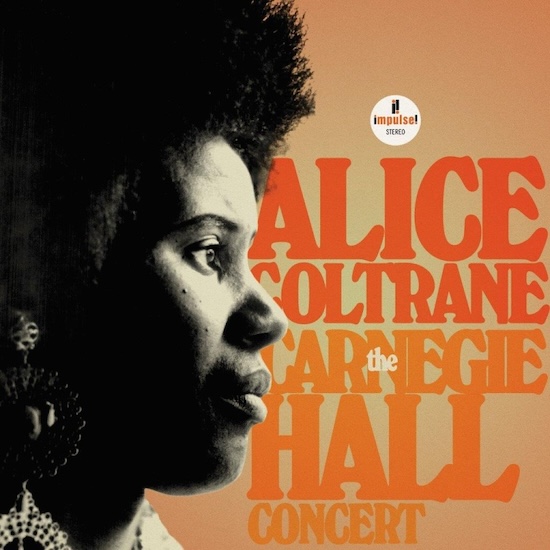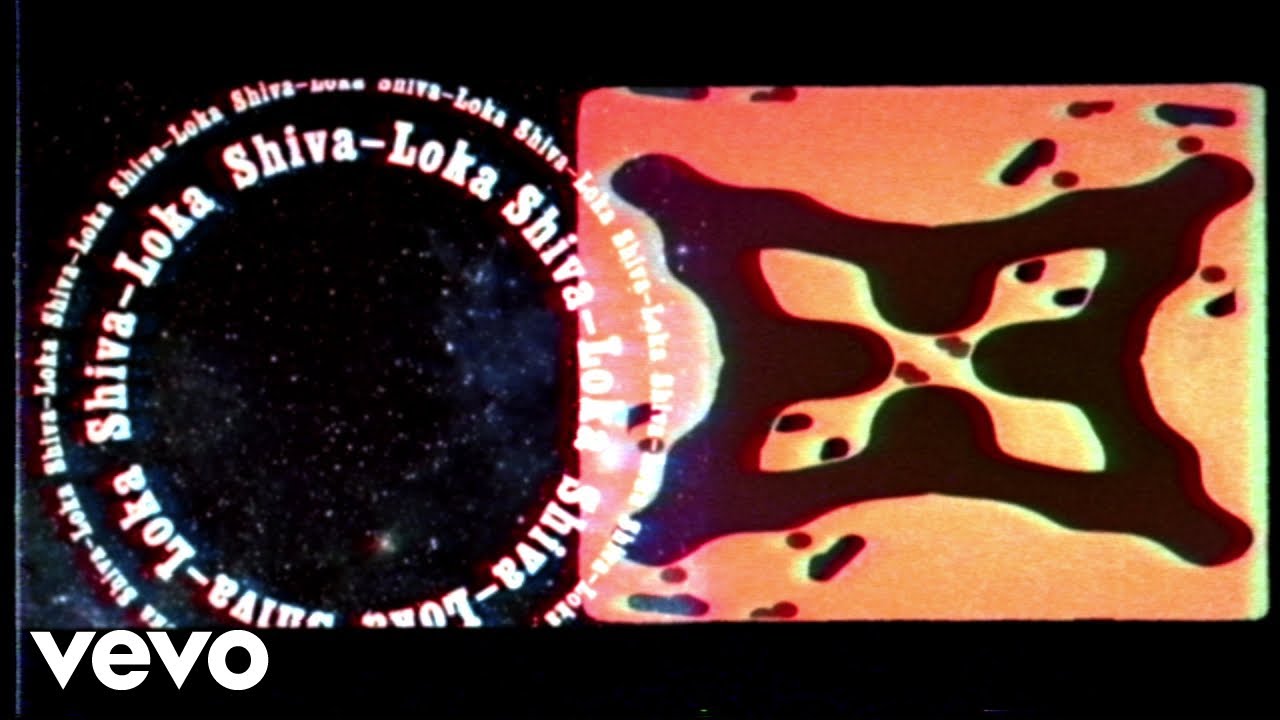Had this review been written some twenty years ago, it would have needed a preamble arguing how Alice Coltrane (aka Swamini Turiyasangitananda) was much more than “one earthbound projection of John’s spirit”, as Amiri Baraka infamously wrote in his liner notes to her 1968 solo debut A Monastic Trio. In the past two decades, Alice’s work has been reappraised and recontextualised, thanks to both her spiritual role attracting diverse listeners and a younger generation of artists like Angel Bat Dawid and Kamasi Washington providing new readings of the legacy of spiritual jazz. Coltrane’s significance has been rightly elevated into the highest echelons of the jazz pantheon, where her influence is now often mentioned in the same breath as her husband’s. While Coltrane’s music needs little promotion at this point, the ‘Year of Alice’ initiative spearheaded by Impulse! and The John & Alice Coltrane Home is more than welcome, especially when it brings to surface outstanding recordings such as The Carnegie Hall Concert.
Captured in February 1971, four years after John Coltrane’s death, the concert marked a pivotal moment in Alice Coltrane’s career as she found herself on a journey of metaphysical and artistic rediscovery. While her record Journey In Satchidananda – named for her mentor, the yoga guru Swami Satchidananda – had only been released a few days earlier, the group’s performance of its brand-new material is confident and inspired. Coltrane herself appears on piano, harp, and percussion and is joined by a cast of long-time collaborators: Archie Shepp and Pharoah Sanders on reeds, Jimmy Garrison and Cecil McBee on double bass, Ed Blackwell and Clifford Jarvis on drums, Kumar Kramer on pump organ, and Tulsi Sen Gupta on tamboura.
It doesn’t take long for the ensemble to lock into a rousing collective rendition, as the first abstract phrases coalesce into a walking bass line that spells out the main theme to ‘Journey In Satchidananda’. Things get busier from here on, but maintain an air of soft bliss and elation. Harp licks and saxophone yelps assemble around the main pulse, both riffing on the theme and taking detours into delightfully dissonant leads and solo spots, befitting of the stellar musicians performing them. ‘Shiva-Loka’ – also from Journey In Satchidananda – picks up where the first piece left off and shimmers away, carried by circling harp arpeggios and bouts of lovely plucked bass and drums interplay. The composition is punctuated by several standout solo spots courtesy of Shepp and Sanders who blow their saxophones into sky-high registers. It’s mesmerising to hear these particular takes for the first time as they show just how deeply invested, how certain, Coltrane and her collaborators were in the music and the devotional flow fuelling it.
For the remaining two tracks, Coltrane goes back to her husband’s songbook and makes some interesting choices. The first John Coltrane piece featured here is ‘Africa’ from 1961’s Africa/Brass, a big band album – and his first for Impulse! – that heralded the shape of things to come later in his career. Played by a smaller ensemble than the one appearing on the original album recording, the music takes on a turbulent, energetic temper, tumbling along haphazardly and alternating between soaring saxophone licks and absolutely killer double bass solo spots from both Garrison and McBee.
Meanwhile, ‘Leo’ gets the opposite treatment. Originally performed by John Coltrane in duo with Rashied Ali just a few months before the saxophonist’s death, the cut would only get an official release in 1974 on the seminal, future music defining Interstellar Space. While this particular take lacks the almost chaotic energy and sense of transcendence of the Coltrane/Ali version, it still overflows with riotous lyricism. The additional instruments expand the textural and rhythmical dimensions of the piece, before topping them with a rumbling drum solo. A fitting end for an equally inspirited, crucial live recording.



